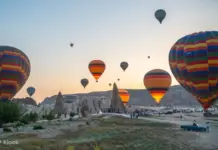
Samarkand (Uzbek: Samarqand) is one of the oldest cities in Central Asia. It was once the prosperous capital of the Sogdian Empire when Alexander the Great occupied it in 329 BC. Alexander the Great once said “Everything I have heard about Samarkand is true, except that it’s more beautiful than I imagined”.
- The ULTIMATE Uji travel guide: Top attractions, best things to do in Uji Kyoto, Tips & MORE
- Kyoto itinerary 5 days: How to spend 5 days in kyoto perfectly?
- Where to visit in Queenstown: 15 must see & best places to visit in Queenstown
- New York best museums: 15 most famous & must visit museums in New York
- Where to go in Chiayi? 15 must-go & best places to visit in Chiayi
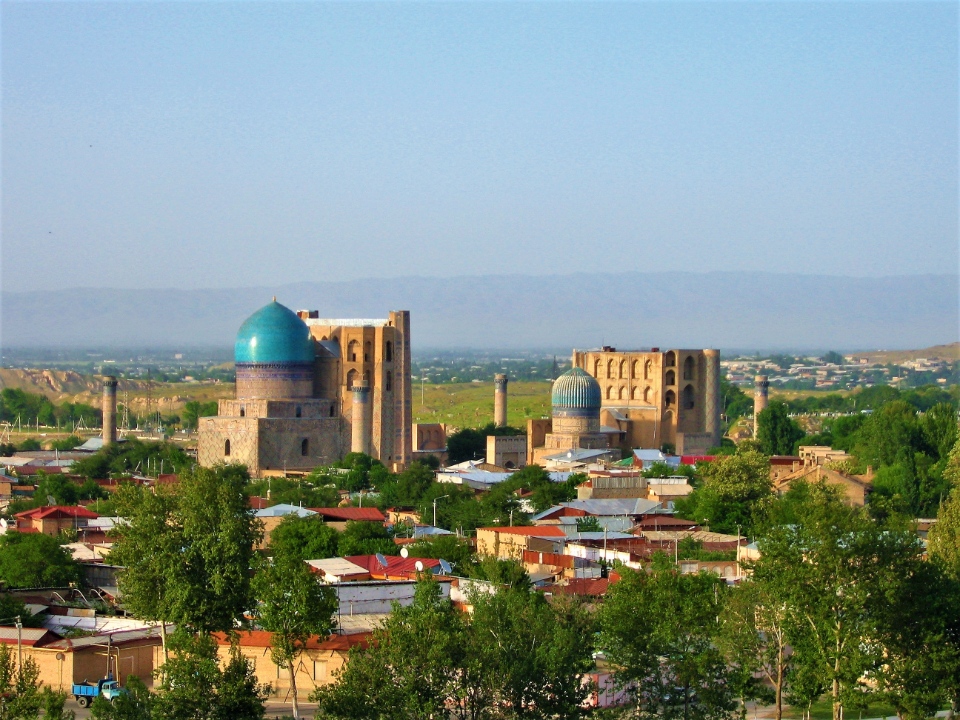


So, is Samarkand worth visiting, what to do in Samarkand and how to plan a budget trip to Samarkand for the first–time perfectly? Let’s check out our Samarkand travel blog (Samarkand blog) with the fullest Samarkand travel guide (guide to Samarkand, Samarkand guide) from how to get to Samarkand, best places to visit, best time to come, what to eat as well as top things to do in Samarkand to help you maximize your trip as follows!

Once the main trading center of the “Silk Road”, the meeting point between the two streams of Eastern and Western civilizations. And was the capital of the once Tamerlane empire (1370–1405), whose kingdom stretched from present Iraq to China in the 14th century. The beautiful ancient city of Samarkand has been likened to “the mirror of the world”. Because during the journeys on the “Silk Road”, the delegations of merchants and merchants brought here the oldest and most unique goods and cultural values from all over the Earth.


Overview of Samarkand (#samarkand travel guide)

Strategically located on the legendary Silk Route from China, Afghanistan, Iran, India and the Caucasus, Samarkand prospered and became an important center of the Silk Road. From the 6th to 13th centuries, Samarkand was ruled by many empires such as the Turks, Arabs, Persians, Mongols, and Timurs. In 1220, Genghis Khan invaded and occupied Samarkand. In 1370, Timur the Great decided to choose Samarkand as the capital and during Timur’s reign, amazing structures were built. Timur’s grandson Ulugbeck continued to rule this land until 1449 and built many other unique spectacular structures. Samarkand was considered the political and cultural center of Asia during the 14th and 15th centuries.

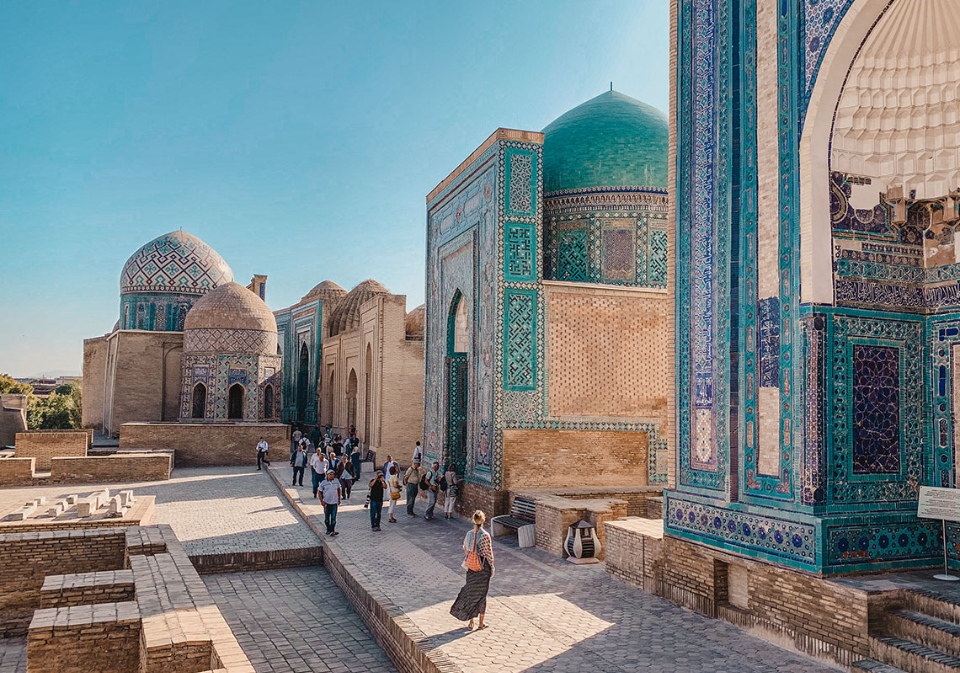

Founded in the 7th century BC, the city flourished during the Timurid era (14–15th centuries) with Registan Square – the heart of the ancient city with magnificent mosques and Islamic schools, the mausoleum of Emperor Amir Temur, the largest market in the city of Siab bazaar is always bustling with all kinds of goods, the necropolis of Shakhi-zinda and Gur-Emir as well as the Ulugh-Beg observatory…



Samarkand is the second city of Uzbekistan to be recognized as a UNESCO World Heritage Site in 2001. With a history of nearly 3,000 years, Samarkand has as long a civilization as Rome and Athens. Not only that, Samarkand is also considered as one of the most beautiful cities in the world, comparable to Paris in France, Rome in Italy, New York in the US, London in the UK and Tokyo in Japan. Samarkand’s heyday was around the 1370s – this Uzbek desert oasis city was the cultural and political center of Asia. This was also the site battleground of Alexander the Great and Genghis Khan.


The prosperity and power of the ancient capital of Samarkand are still intact in the stunning architecture. One of the monuments of Timur has the adage engraved: “If you want to know about us, visit our works”. These works are the most spectacular religious structures in Central Asia such as Registan Square – the heart of Samarkand, Bibi Khanym – one of the largest mosques in ancient times, the complex of Shah-i-Zinda, Gur-e-Amir and the tomb of emperor Timur as mentioned above. Besides, there are equally outstanding works such as Islamic schools, mosques and museums displaying precious artifacts of Emperor Timur’s reign that vividly recreate the golden age of Samarkand.

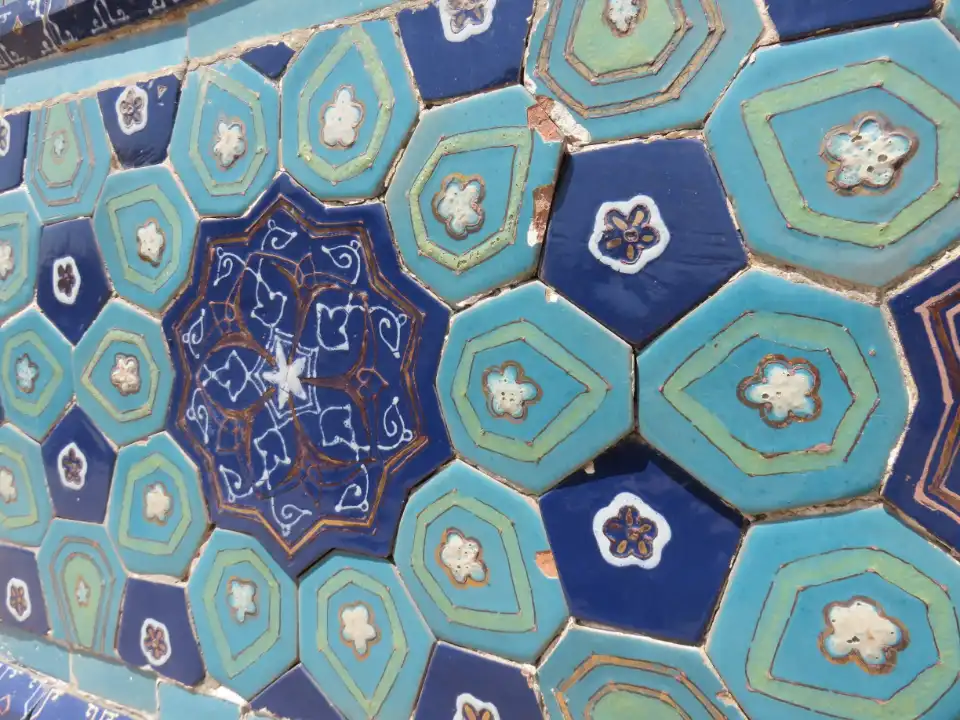
When to visit? (#samarkand travel blog)
Although located in an oasis on the Zeravshan River and has a very important position on the Silk Road, Samakand’s climate is still harsh, about 40 degrees Celsius in summer, and sometimes drop below -20 degrees Celsius in winter, so the population is quite sparse.

Autumn (September and October) and spring (April and May) are the best times to visit the city, the weather is neither too hot nor too cold however this is a very touristy time.
Winter (December to February) is also well worth going to Samarkand if you can stand the cold and luckily you will be able to admire the beautiful architecture when covered with white snow.
Summer (June to August) is very hot, the temperature can reach more than 40 degrees Celsius or higher, so it is very tiring to visit.
How to get to Samarkand? (#samarkand guide)
Samarkand is located in the northeastern part of Uzbekistan, near the border with Tajikistan. You can easily get from other cities in Uzbekistan to Samarkand by bus, train, taxi…
From Dushanbe (Tajikistan)
It is most convenient to rent a private car or share a taxi to the Panjakent border gate. After entering Uzebkistan, there are many taxis outside the border gate to take you to Samarkand, travel time is about 50 minutes for about 10USD/person.
From the capital Tashkent or from Bukhara (#samarkand travel guide)

By train: The easiest and fastest way to get from the capital, Tashkent, Bukhara to Samarkand is by train. There are 2 types of trains Afrosiyob and Sharq. Afrosiyob is a high-speed train that takes you from these two cities to Samarkand in more than 1.5 – 2 hours with prices from 5 USD, trains run daily in the morning and evening. Sharq is a normal train that runs daily in the morning, going slower, the journey from Tashkent/Bukhara to Samarkand takes 2-3 hours. You can check train schedules on the official website of Uzbek Railways at: https://e-ticket.railway.uz/lang-en/index.html. You can buy tickets online or buy tickets directly at the ticket office right next to Northern Tashkent Railway Station or Bukhara Station one day in advance.

By bus: Long-distance buses in Uzbekistan are slow, old and uncomfortable. Moreover, the fare is only slightly cheaper than the train or shared taxi. You can catch a bus at Tashkent’s central bus station, near Olmazor metro station.
Getting around Samarkand (#samarkand blog)

The attractions in Samarkand are quite close to each other, so you can completely explore on foot. For more remote locations, you can take a taxi.
Where to stay?
You should find a hotel around the area of Registan square because from here you can walk to most of Samarkand’s main attractions, close to many restaurants and eateries, cafes also, very convenient to travel. Some hotels and homestays are decorated in beautiful Uzbek style and are like the story of One thousand and one nights. You can refer to Furkat Guest House (Agoda, Booking), Amir Hostel (Agoda, Booking), Hotel Bibikhanum (Booking), DiliMah Premium Luxury (Agoda, Booking)… or more on booking sites like Booking, Agoda, Hostelworld…
Below we recommend more best budget, mid-range and upscale hotels with good ratings and reviews you can refer to.
- Tillya-Kori Hotel (Agoda, Booking)
- Jahongir Hotel (Agoda, Booking)
- Hotel Minor (Agoda, Booking)
- Antica B&B (Agoda, Booking)
- Platan (Agoda, Booking)
- Emirkhan Hotel (Agoda, Booking)
- Hotel Ishonch (Agoda, Booking)


Check out more top and best hotels in Samarkand on Agoda.com or Booking.com
Where to go and what to do in Samarkand?
Registan – the heart of Samarkand
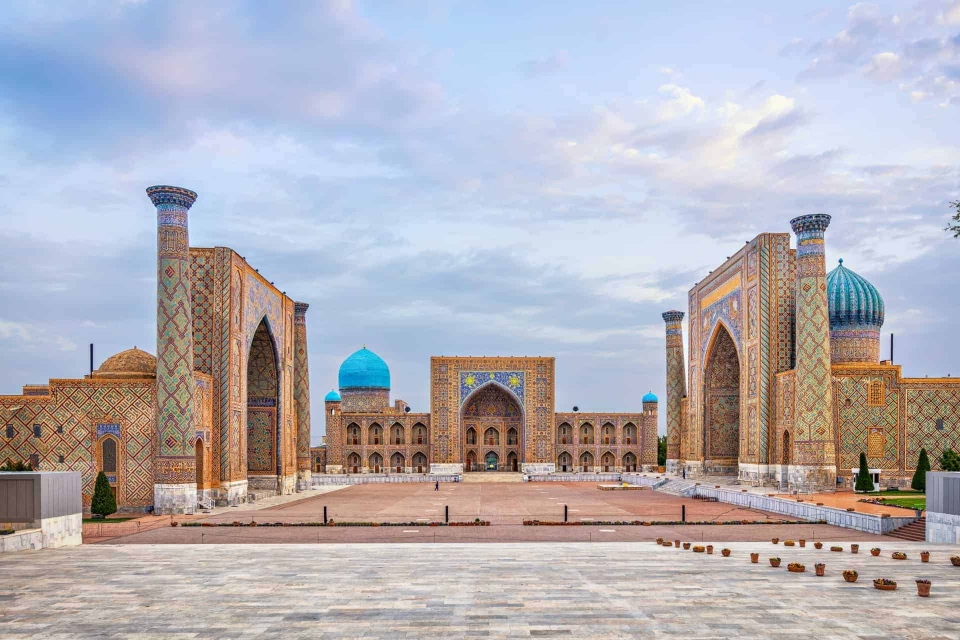
Registan Square is a monument of oriental architecture with three massive and sophisticated Islamic academies, Ulugbek, Sher-Dor and Tilya Kori.
Ulugbek Islamic Academy is the first building built by Ulugbek – the grandson of Timur the Great in 1417. This academy was once the largest Islamic academy in Central Asia in the 15th century, where students were taught philosophy, astronomy, mathematics, and theology. Nearly two hundred years later, Sher-Dor Academy was built in 1619 and completed in 1936 by governor Yalangtush Bahadur. Sher-Dor means Lion, so on the facade of the academy is the image of two lions carrying the sun god on their backs. Ten years after the construction of Sher-Do was completed, in 1646 Yalangtush Bahadur built the Tilya Kori academy and completed it in 1660. Tilya Kori symbolizes the wealth of Samarkand at that time. Artisans have used the main decoration method of gilding, the outside is decorated by mosaic stone with geometric patterns, motifs and natural flowers.



Grand Mosque of Bibi-Khanym
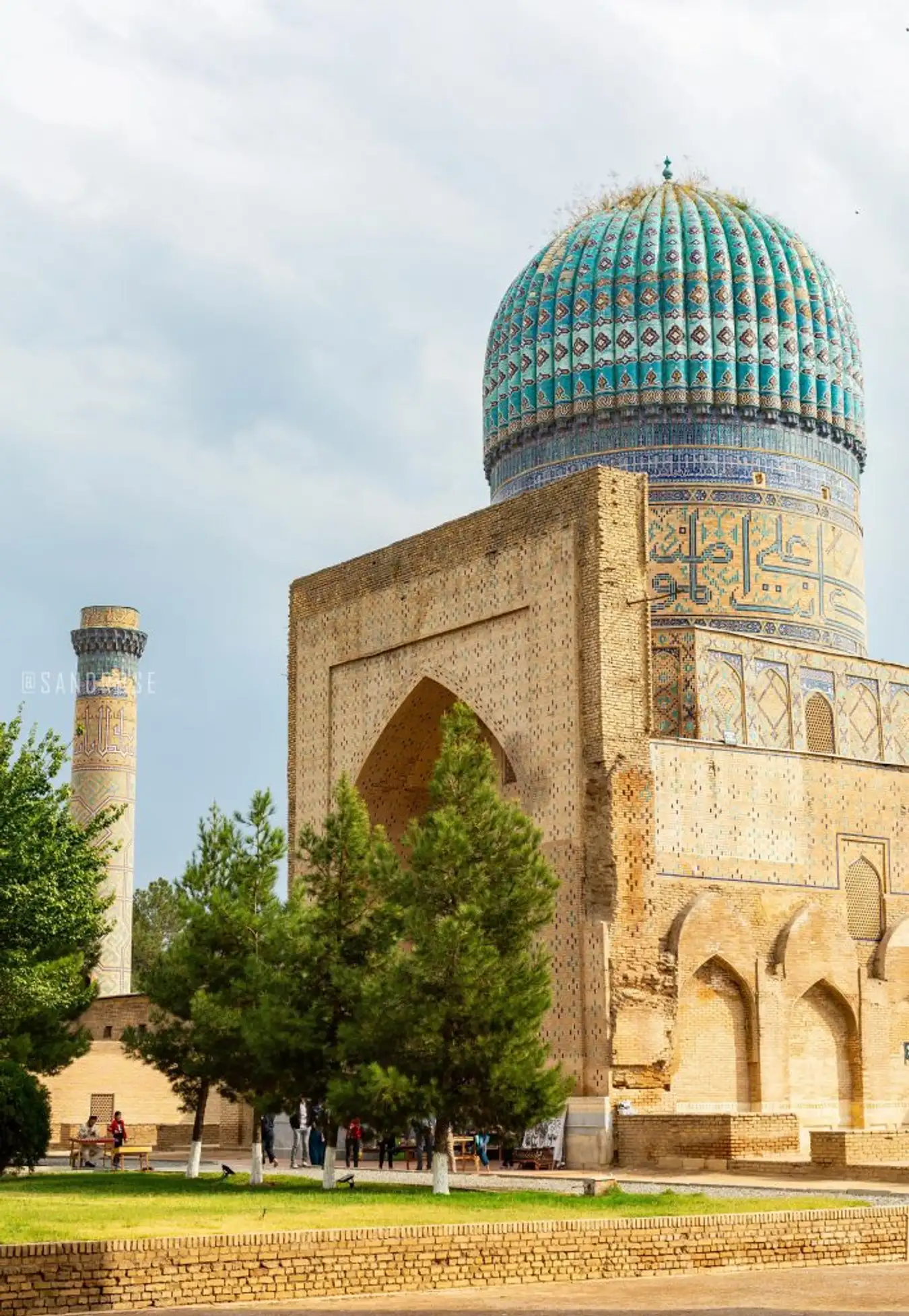
Bibi-Khanym mosque, named after the most beloved wife of the great Timur, was started in 1399 and took 5 years to complete. It was once the largest mosque of that period with the dome of the main hall reaching 40 meters high. To build Bibi-Khanym, the great Timur mobilized two hundred architects, artisans, master craftsmen and more than five hundred other laborers. Hundreds of stone pillars were cut and transported by elephants from the marble quarries to Samarkand. The mosque was partially collapsed due to the earthquake in 1897 and was restored in the 1970s. However, what remains in Bibi-Khanym is enough for us to admire the wisdom and efforts of the ancients. grand. They do not have advanced technical machines that can still create such great works.

The most famous is probably Bibi-Khanym with the legend of the construction of this church. Emperor Timur’s beloved wife agreed to let the chief architect kiss her on the cheek to urge him to build the church in time to welcome the emperor’s return. But because of his deep love for the queen, the kiss left on her cheek forever angered the emperor. I don’t know if the legend is true or not, but the magnificent beauty of this mosque is absolutely worthy of a kiss of the queen.

It feels like walking in the middle of the ancient city in the sunset, we have to hold our breath to hear and feel the religious city with a long and important history just like Rome, Athens, which has witnessed the existence of religious monuments. different cultures under the rule of Alexander the Great, Arabs, Persians, Turkic, Tsar.
Gur-e Amir – Mausoleum complex of the great Timur family
Gur-e Amir originally had three structures including a mausoleum, an Islamic school and a place of prayer. Today, however, the only part of the complex that remains intact is the mausoleum and the entrance gate. The entrance is decorated with domes and geometric motifs on terra-cotta tiles in Persian architecture. The dome is made of turquoise glazed tiles decorated with patterns and Arabic inscriptions with the meaning “God is immortal”. Inside the mausoleum is gilded and is the burial place of the great Timur and his descendants.

Observatory of Ulugbek
Address: M2F4+W7M, Tashkent Rd, Samarkand, Uzbekistan
Hours: 8 AM–8 PM

Ulugbek was not only a wisdom king, but he was also a famous astronomer in Central Asia in the 15th century. He built an observatory named after himself in 1420. Thanks to this work, Ulugbek and many astronomers has achieved important achievements, including determining the exact time of a year by only 25 seconds in difference from modern calculations, calculating the angle of inclination of the Earth’s axis of rotation, or compiling of Zij-i-Sultani words with the fixed positions of 994 stars in the sky. The discoveries and studies made at the Ulugbek Observatory were important at that time because astronomers could predict the eclipses and calculate the time of sunrise and altitude of a celestial body.
Shakh-i-Zinda Necropolis
Address: MX7Q+257, M-37, Samarkand, Uzbekistan
Hours: 9 AM–7 PM

Shah-i-Zinda was built in the 11th century and is now located on the Afrasiyab hill north of Samarkand. The entrance to the complex is a massive archway, much of the original complex was destroyed by the Mongols when they sacked Samarkand in 1221 and restored in the 14th century. Many new structures have been rebuilt here in the 18th and 19th centuries. The architecture and decoration of Shah-i Zinda was heavily influenced by the Timur dynasty and his successors such as the blue dome, floral and botanical motifs, the star and geometric design is similar to that of Gur-e Amir and the Bibi-Khanym mosque.



Siyob Bazaar
Address: MX6H+QWW, Bibikhonim St, Samarkand, Uzbekistan
Hours: 5 AM–7 PM/Monday, Friday: Closed

Syiob Bazaar is Samarkand’s largest market, inside selling everything from dried nuts, animal skins, sweets, souvenirs… Samarkand was once the capital of the Timur empire, a large trading center with many merchants and traders, shoppers come from many different regions. That is why Samarkand bazaar is always crowded and full of goods. Stepping into the market you find yourself lost between colors, scents and sounds. Colorful fruits, yellow apricots, red apples, green vegetables, nuts, colorful spices like black sesame, cinnamon, nutmeg, turmeric, cardamom, chili and black pepper, cloves, dill, coriander and dried tomato, various types of rice, green beans, wheat, millet, barley, etc.
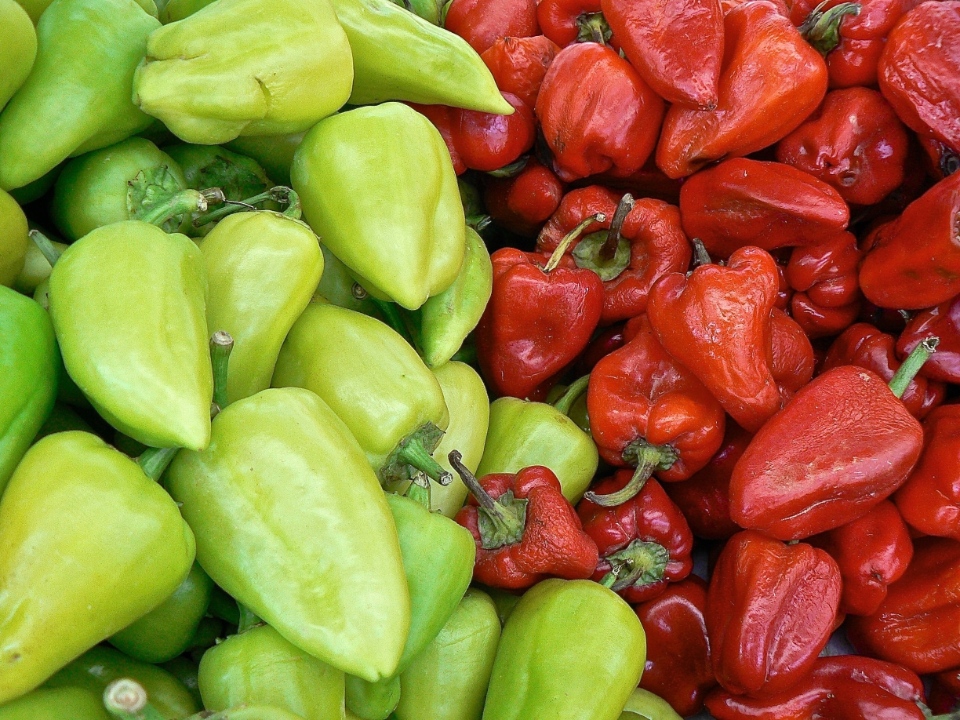
If you can experience once at this bazaar, you will have the opportunity to feel the life of the people here and the unique features of the trading culture in the past. Vibrant, bustling and crowded and rustic, that is the highlight that you can recognize as soon as you come to the bazaar of Samarkand. You will see images of girls standing by stalls full of bread, or men arranging watermelons into impressive towers. Watermelon in Samarkand is very famous, because it has a succulent red color and deep sweet taste. In addition, you can also find a famous silk paper here, the kind of paper on which the German poet Gothe wrote the poem “West-ostlichen Divan”,…

Syiob Bazaar also has a foot court with typical Central Asian dishes such as kebab, lagman noodles, pilaf rice, vegetable soup, yogurt, bread…
Samarkand tips before you go:
Internet and SIM card: There are 5 telecom network providers in Uzbekistan namely Ucell, Uzmobile, UCell, UMS and Beeline. Beeline’s package costs 6 USD for 5GB. You must bring your passport when registering and you can top up the SIM at supermarkets and convenience stores.
What and where to eat?

Uzbek cuisine is rich in taste, Samarkand has many restaurants serving local dishes and cuisines of other countries for you to choose from. Some must-try local dishes are:
- Plov – delicious rice cooked with lamb, dried apricots, carrots and cooking oil
- Naan bread – fragrant flat bread, very spongy and soft
- Shurpa – lamb and vegetable soup
- Lagman – fresh noodles cooked with potatoes, lamb, carrots
- Manti – steamed dumplings filled with meat or pumpkin
- Shashlik – skewers grilled on a griddle
- Samsa – Patatoes chips fried with different fillings
Some restaurants in Samarkand:
- Cafe Magistr – Bostonsaroy St., 30/45
- Bibikhanum Teahouse – Street 22a
- Platan – Pushkin 2, Samarkand
Day trips from Samarkand
Shahrisabz

Founded more than 2,700 years ago, Shahrisabz is the home and former residence of the Timur royal family. It is also one of the oldest cities in Central Asia. Shahrisabz has a lot of historical sites dating back to the Timur period, and most of them have kept their original appearance. Some of the notable attractions are Ak-Saray Palace, Dorut Tilovat, Amir Timur Museum (inside Chubin islamic school), Chorsu complex and Dor-us Siyodat. From Samarkand you can go to Shahrisabz and return the same day by taxi with the usual price of 40 USD, the driver will wait for you while you go for sightseeing.
Wine tasting tour
Uzbekistan is the main wine-producing country in Central Asia and its grapes are sweet thanks to the warm, sunny weather. The best way to sample local wines is to join a two-hour Wine Tasting Tour at Khovrenko Winery and Samarkand Wine Museum. You can ask the hotel reception where you stay to book a tour, buy a tour at the tourist office or book directly at the website.
How long should I spend in Samarkand?

You should spend a minimum of 2 days exploring Samarkand, ideally 3-4 days. Here is the suggested itinerary for 3 days:
- Day 1: Registan Square, Gur-E-Amir and Makhdumi Khorezm Mosque.
- Day 2: Bibi-Khanym Mosque, Syiob Bazaar, Hazrat Hyzr Mosque, Ulughbek Observatory, and Shah-i Zinda Mausoleum
- Day 3: Shahrisabz and wine tasting tour.

With these attractive and unique architectural features, Samarkand has become an ideal destination for many world tourists to visit and learn. A city with many unique cultural features and mysterious beauty captivates travelers.
Some best day tours, trips, activities and transfer services, tickets in, from and to Uzbekistan you can refer to
- Khiva: City Highlights Guided Walking Tour
- Bukhara: Guided Grand Tour
- Tashkent: Private Sightseeing Day Tour
- Tashkent: Guided City Tour at Night with Hotel Pickup
- Tashkent: Half-Day Guided City Sightseeing Tour

Read more Uzbekistan guide here.































![10 best airports in Asia in 2016 [RANKED] kuala-lumpur-international-airport-best airports in asia in 2016 by skytrax ratings](https://livingnomads.com/wp-content/uploads/2016/08/29/kuala-lumpur-international-airport-best-airports-in-asia-in-2016-by-skytrax-ratings-218x150.jpg)













